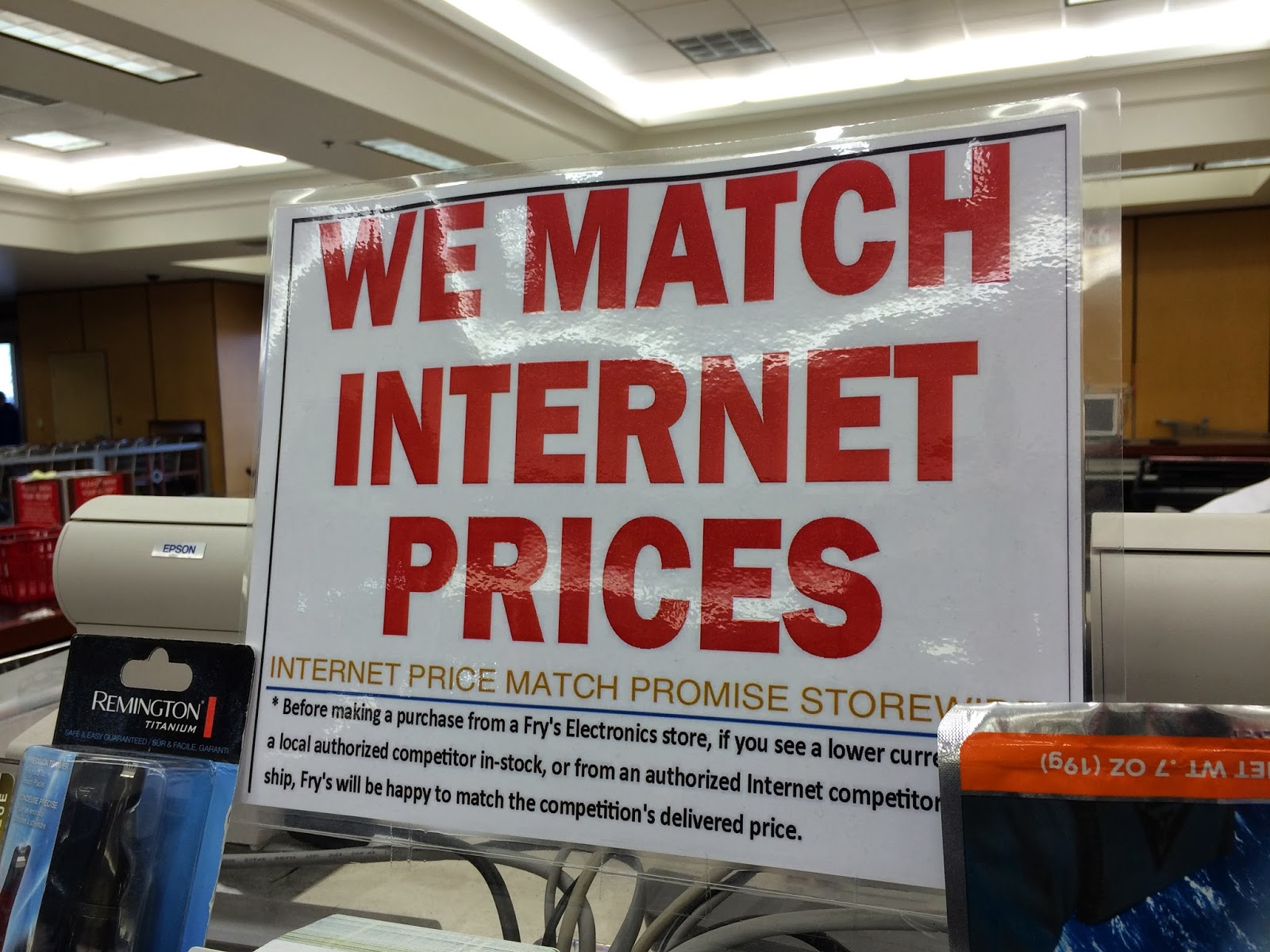economic system: the set of mechanisms and institutions that resolve economic questions for an economy.
 Five questions every system must answer:
Five questions every system must answer:
- What goods and services will be produced?
- How will the goods and services be produced?
- Who will get the goods and services?
- How will the system accommodate change?
- How will the system promote progress?
What sets economic systems apart:

- Who owns the productive resources?
- What decision-making process is used to allocate resources and production?
- What incentives guide economic decision makers?
Command System
An economic system in which all resources are government-owned and production is coordinated by central plan of the government

- state ownership of all resources
- central planners drive economic activity
- no competition
What answers questions: the state
- consumers get low priority, capital goods high priority
- little freedom of choice
- planning is inefficient
- resources can be wasted by the state
- damage to environment
- no functioning price system
Examples of the command system
-Soviet Union
-Cuba
-North Korea
Market System
System characterized by private ownership of the means of production and the use of markets and prices to direct market activity.

- private ownership the means of production (private property)
- free, competitive markets
- price drives economic activity
- “invisible hand” (Adam Smith)
(Ref: I, Pencil, price coordination)
What answers questions:
the market (market exchange)
Another way of saying that would be "People answer the questions..."
- specialization
- division of labor
- trade

"It is not from the benevolence of the butcher, the brewer, or the baker that we expect our dinner, but from their regard to their own interest."
-Adam Smith, An Inquiry into the Nature & Causes of the Wealth of Nations, 1776
Limited role of government:
- maintain rule of law
- protect property rights
Big Points for Market and Mixed

- Efficiency: guides resources into production of goods and services most wanted.
- Incentives: Hard work, skill acquisition, innovation = higher standard of living.
- Freedom: coordination without coercion.
(But won't it be chaotic without the state to promote the general welfare?)
A few words on Efficiency

- evaluative term
- ratio of value of output to the value of input.
- objective, but must consider the values of those involved.
- efficiency can change with changes in valuations
- (what we value determines what we consider efficient or inefficient)
- One way of determining value is through relative prices
Productive Efficiency: occurs when a firm produces at the lowest possible cost per unit.
- firms that supply at the lowest cost preform best
- do it cheapest (least amount of resources)
- competition with other firms makes this essential
 Allocative Efficiency: Occurs when a firm produces the output most valued by consumers.
Allocative Efficiency: Occurs when a firm produces the output most valued by consumers.
- competition makes it necessary for firms to produce what people will buy
- where marginal cost = marginal benefit
- unit produced is worth as much or more than anything else that could be produced with similar resources
Mixed Economy

An economic system that mixes central planning with competitive markets
- competitive markets
- gov’t. regulates market activity
What answers questions: the state and the market

- "cronyism"
- firm or person colludes with government officials to create unfair legislation and/or regulations which give them forced benefits they could not have otherwise obtained voluntarily.
 Transitional Economy
An economic system in the process of shifting from central to competitive markets
Transitional Economy
An economic system in the process of shifting from central to competitive markets
- converting state-owned enterprises into private enterprises (privatization)
- trying to become more competitive

What answers the questions: The market and the government
- competitive markets
- strong temptation for gov to intervene
- problem of selling off gov. owned firms
Hungary, Mongolia, two dozen other countries
Traditional Economy
An economic system shaped largely by custom or religion
- family, religion, or custom play roles in organizing and coordinating economic activity
- had job your father did
- typical where you see subsistence agriculture
What answers the questions: Tradition, family, religion
- limiting to people
- coercion
Examples:
early societies,
Caste system in India,
“third world” countries




















































